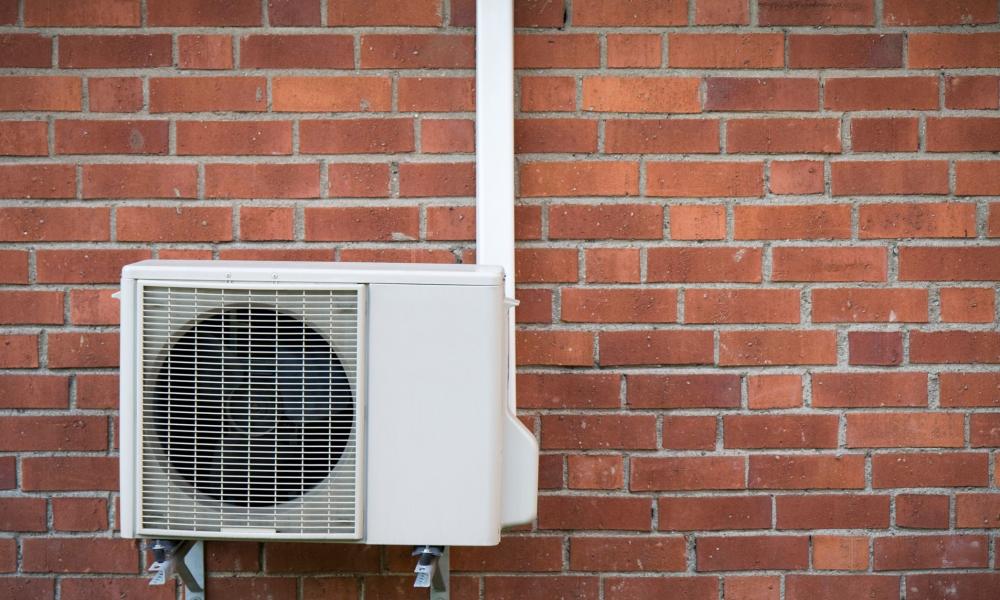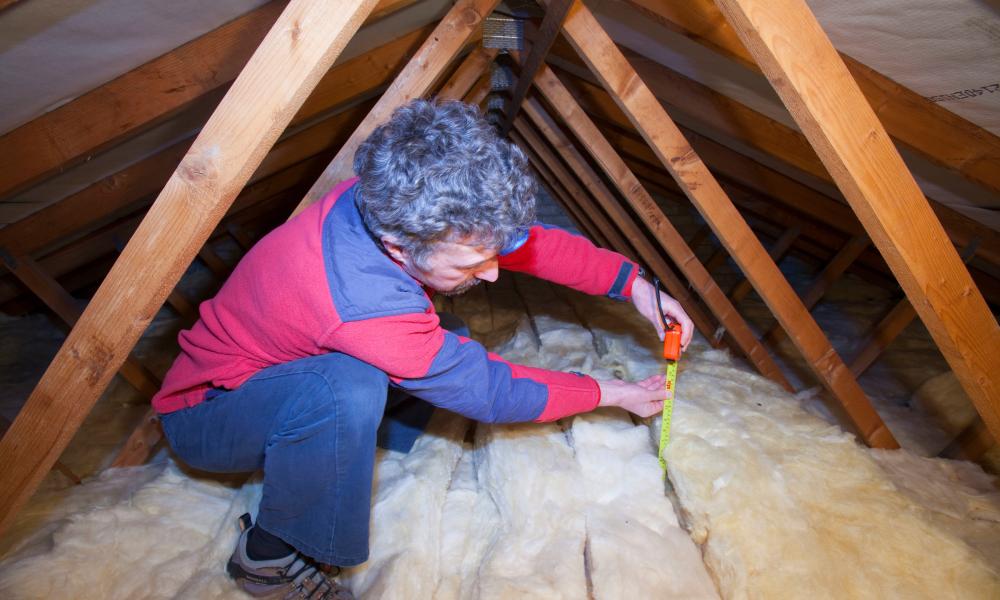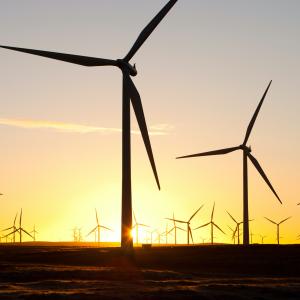
Step 1: How to get advice?
Step 1: How to get advice?
The first step is to understand your home and what energy efficiency, heating and other improvements could be suitable.
What measures you can install will depend on the characteristics of your home, local planning rules and your budget. If you’re just starting out, the Scottish Government’s Home Energy Scotland advice service can provide an online or over the phone assessment of your home. They can also provide advice on the grants and loans that are available.

Step 2: Understanding Energy Efficiency
Step 2: Understanding Energy Efficiency
Good energy efficiency helps keep the heat inside your home. It can also make your home more suitable for heat pumps and some types of heat network so it’s a good idea to consider this at the same time as other changes.
Some measures like draught proofing and loft insulation are simple to install (and can be done by a competent DIY-er). Others like wall insulation require professional training to install.
You can learn about the energy efficiency of your home by looking up its Energy Performance Certificate (EPC).

Step 3: Understanding Zero Emissions Heating
Step 3: Understanding Zero Emissions Heating
Even if you’re not ready to switch just yet, it’s worth understanding what clean heating system is most suitable for your home. The main solutions for Scotland’s homes are likely to be:
Electric heat pumps: these absorb heat from the air or ground outside, transferring it inside your home via the central heating system (radiators). You might be unsure how heat pumps can work in cold climates, but countries colder than Scotland across Scandinavia are steps ahead of us and show that clean heat is possible in cold places too! They are easiest to install in houses - find out more here. You could also visit a home with a heat pump – click here.
Heat networks: these are larger systems that connect multiple homes or buildings to one or several large heat sources. Where space in flats (either inside or out) for heat pump equipment is limited, heat networks could be more appropriate. Find out more here.
Other types of electric heating (storage radiators, electric boilers, infrared panels) are lower carbon than fossil fuel boilers but are much less efficient than heat pumps. This means that they will be more expensive to run – make sure to get good advice on what your potential running costs could be.

Step 4: Get Quotes
Step 4: Get Quotes
Whether you’ve used the Scottish Government advice service or are going it alone, once you know what you want to achieve, you’ll need to contact tradespeople to give you a quote for the work.
This handy guide outlines what you should look out for.
You can use the following websites to find accredited companies that can install some or all of the upgrades that you need.

Step 5: After Installation
Step 5: After Installation
Once you’ve installed the energy efficiency or heating upgrades it’s important to make sure that they are performing as expected. If you’ve installed insulation, you can check your energy bills to spot any reductions, or the house may just feel warmer!
Heat pumps work differently to fossil fuel boilers and how they are set up by the installer and operated by the homeowner can have a big impact on their performance. Read more about:



 Volunteer with Restoration Forth
Volunteer with Restoration Forth
 Discover nature friendly activities
Discover nature friendly activities
 Ways to save water
Ways to save water